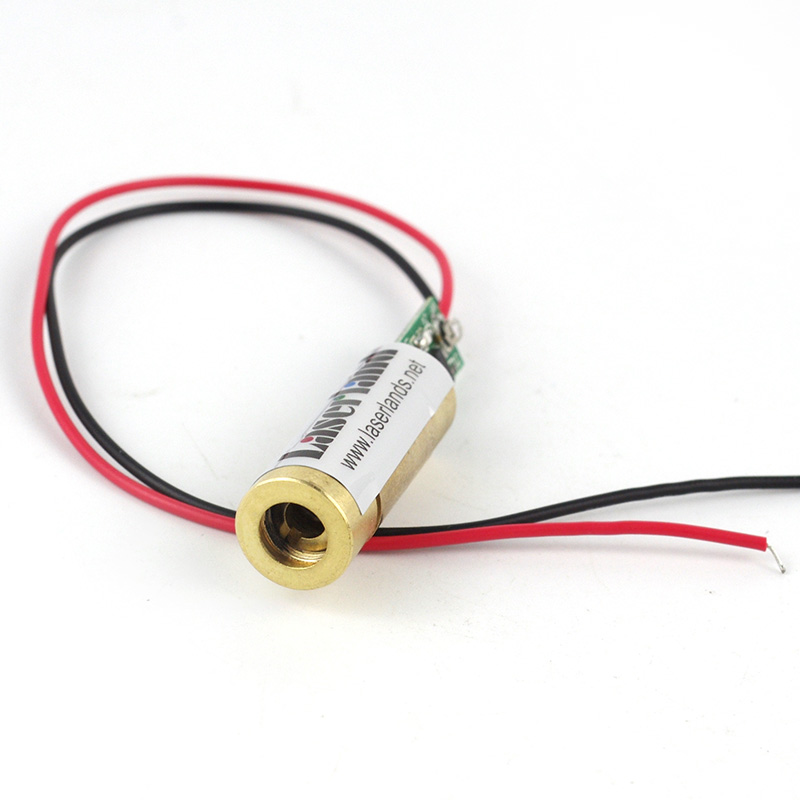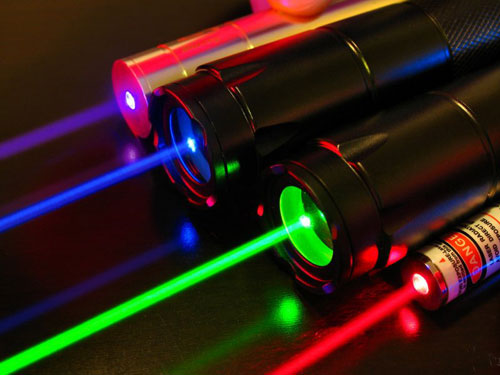Compared with ordinary light sources, lasers have advantages such as monochromaticity, high brightness, and directionality. They are widely used in various fields such as industrial production and scientific research experiments. Single-point laser ranging is one of the most widely used technologies.
The principle of single-point laser distance measurement is: by using a single-point laser to emit a point-shaped laser beam, and then after the laser is emitted to the target object and reflected back, the time captured by the sensor is recorded, and then the target object is calculated based on the speed of light. distance from the laser.
A single-point laser emits a short pulse of laser light, which then travels in an almost parallel direction and meets the target object. When the laser beam hits the target object it is reflected back. The reflected light will be scattered or attenuated to a certain extent. The receiver then converts the reflected optical signal into an electrical signal. After processing the received electrical signal, it measures the time delay from when the laser emits a pulse to when the reflected signal is received. Based on the speed of light and the measured time delay, the distance between the target object and the laser can be calculated.
This is the specific process of single-point laser ranging. Since the laser has good collimation performance and does not diverge, the error it produces can be less than a millimeter. Single-point lasers are widely used, not only in distance measurement, but also in many other fields.


